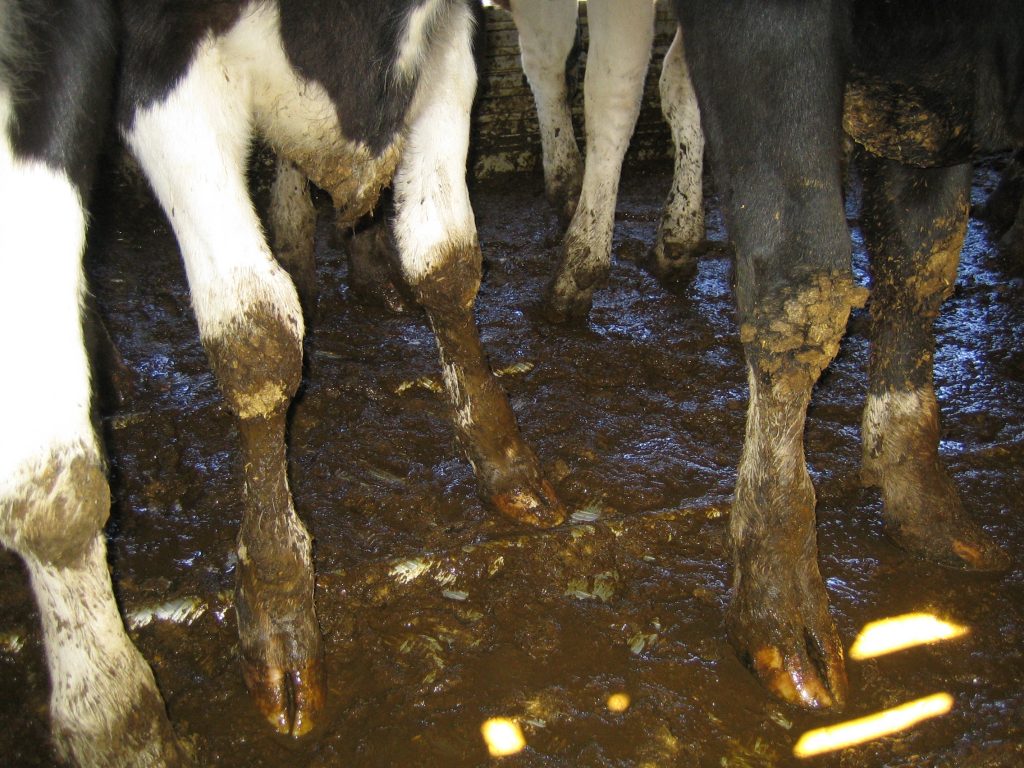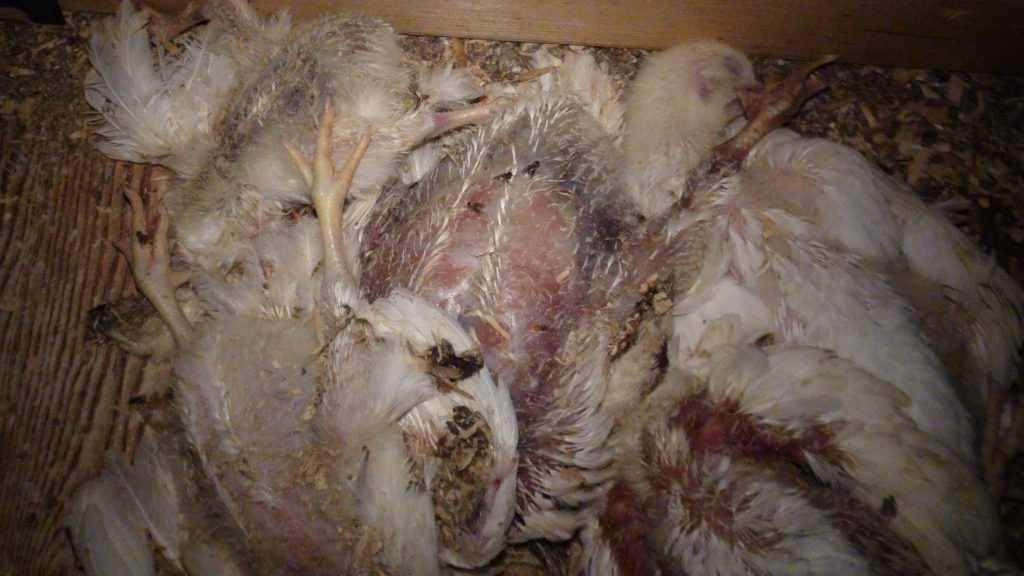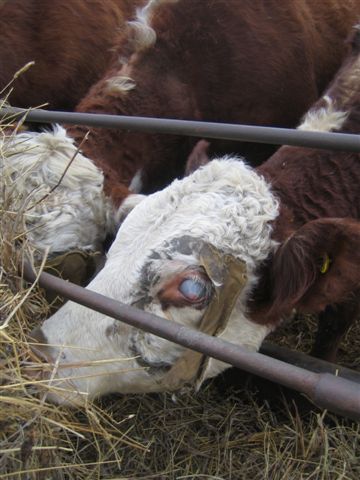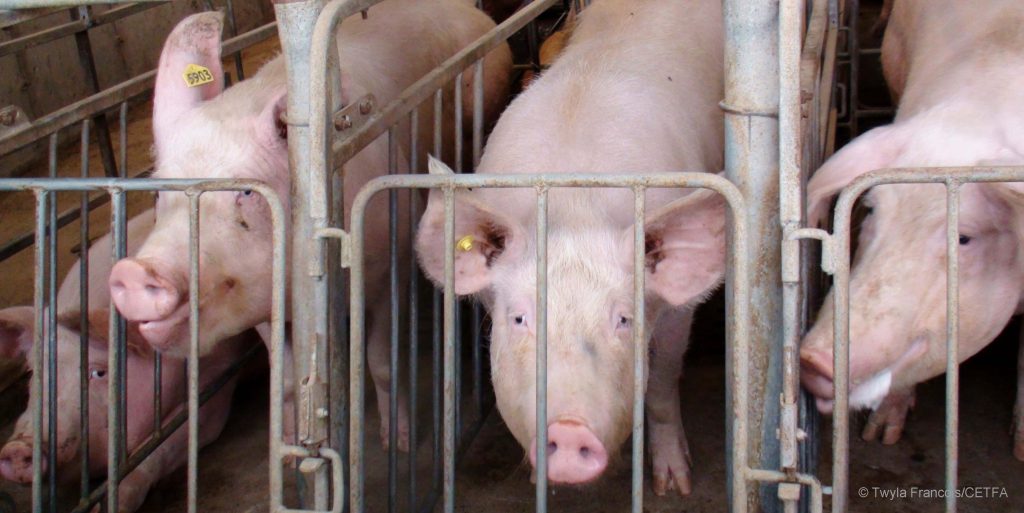
The true motivation behind Bill-C275
Hint: it has less to do with biosecurity and more to do with vilifying animal advocates
Bill C-275, An Act to amend the Health of Animals Act (biosecurity on farms) has just been passed by the House of Commons Agriculture Committee and now moves for a final vote in the House of Commons. The bill represents an ag-gag or anti-whistleblower law which would make it illegal for animal advocates across Canada to blow the whistle on cruelty and neglect on farms or any place where animals are kept. The punishment for those found in violation of the act are significant, with fines of up to $250,000 and two years in prison for individuals, and up to $500,000 for organizations – far exceeding those for convictions of animal cruelty.
The focus of this bill, as its name indicates, is the claim that advocates pose a risk to biosecurity, but the true intention of this legislation is obvious – to block access to farm facilities in an attempt to conceal the animal suffering which is increasingly being exposed by animal advocates.
Anyone who has ever been to a farm, livestock auction or even seen farmed animals transported in the standard 53’ stock trailers with their open sides will recognize the absurdity of these biosecurity claims.

ON FARM CONDITIONS
Rats, Pigeons and Flies
Barns are not somehow hermetically sealed as those who worded Bill C-275 would like the public to believe. Every barn CETFA inspectors has visited over the years has had rats, pigeons or flies. Maggots, lice and mites are also extremely common. Red mite infestations in poultry barns, for example, are found worldwide and affect up to 90% of barns. The mites torment birds, causing them to develop anemia, increased stress and feather pecking, restlessness and changes in sleep patterns. All of these – rats, pigeons, flies, lice and mites – carry pathogens into barns.

Dead, Decaying Animals
Every CETFA inspection has found dead animals in varying stages of decomposition left in with live animals. We’ve found this in every facility, including high value breeding operations and farms certified as organic. With mortality rates for broiler chickens, for example, varying from 1%-14% and the average Canadian chicken farm housing 35,000 birds, the sheer number of animals makes it impossible for producers to remove all of those who have suffered and died.

Immune-Compromising Painful Practices Considered Routine
It’s well recognized that many standard practices cause suffering and weaken the immune system of animals. These include painful mutilations like dehorning, castration and tail docking, but other less-recognized practices within the industry also challenge animals’ immune systems, creating heightened disease risk.
Even feeding practices contribute to stress in Canadian animals. For example, skip-a-day feeding is the norm for Canadian broiler chickens but is banned in Sweden, Denmark, Norway and the UK because of its obvious animal welfare implications.
Another example is happening right now – every Fall, calves from cow-calf operations are forcibly weaned from their mothers and sent to livestock auctions. The industry refers to these bereft babies as ‘bawling calves’ and views them as desirable because they’ve not yet “lost their bloom” (i.e. become depressed, skinny and weak because they’ve been crying and pacing for their mothers for weeks). Feedlot buyers want calves fresh in their trauma as the auction process with its handling, loading and unloading, transport and ultimately “processing” at the feedlot in the form of the more well-recognized stressors such as vaccinations and painful mutilations are known to cause stress, weight loss and compromised immunity. In fact, one of the most common bovine respiratory diseases is referred to as “shipping fever,” and is a major contributor to the antibiotics that are given to calves.

No Proactive Inspections of Farms
There is no federal legislation protecting animals on farms in Canada, and unlike many western European nations, there are no proactive on-farm inspections to check for compliance with provincial regulations. In addition, all provincial animal welfare regulations exempt practices deemed “standard.” These include painful practices such as dehorning and castration.
All inspections that are conducted are complaint-based; they must come from within the facility, and with access restricted, it falls to workers to report their employers; something most workers – certainly those brought in from other countries under strict conditions – cannot easily do.
Even in the very rare case where animals are actually seized, they are simply put right back into the system, generally by being shipped direct to auction.
LIVESTOCK AUCTIONS
Animals with highly contagious conditions and diseases are often “culled” from their own herds and brought to livestock auctions where they are comingled with other stressed and immune-compromised animals. They are then brought back to farms where they can infect entire herds. CETFA inspectors have seen animals with advanced pink eye, ringworm and other skin conditions, and various respiratory infections at auctions across Canada, in spite of some provinces having legislation forbidding them from being accepted by auction staff.

TRANSPORT
Every day, animals are shipped hundreds to thousands of kilometers across Canada and into the U.S. for both fattening and slaughter. In 2017, Canada was the third largest exporter of live farmed animals. Some of the most immune-compromised animals, including sows who have spent a lifetime confined to barren metal and concrete crates barely larger than their own bodies, are shipped the longest distances. The vast majority of these animals are never tested for diseases before loading, potentially exporting infectious diseases around the planet.

AG-GAG LAWS DECREASE TRUST IN FARMERS & INCREASE SUPPORT FOR ANIMAL WELFARE REGULATIONS
In an interesting study conducted by researchers at the University of British Columbia, it was found that participants who were told about legislation which restricted access to farms viewed farmers as less trustworthy sources of information. They were also more likely to support the introduction of new animal welfare laws and believe on-farm animal welfare was poor. The drop in trust did not vary by political affiliation, place of residence (rural vs. urban) or diet (omnivore vs. vegetarian).
So, it seems ag-gag legislation lends support to the view that farmers have something to hide. In addition, although there was no language in the survey about the environmental impact of animal agriculture, knowledge of ag-gag legislation also affected how participants viewed this issue, with more participants feeling that producers don’t do a very job of protecting the environment.
ZERO CASES OF DISEASE TRANSMISSION FROM ANIMAL ADVOCATES
There’s never been a single case of disease transmission from an animal advocate, yet this proposed legislation claims to address this non-existent issue. It ignores the fact that all of the disease outbreaks experienced in Canada have been a direct result of standard practices of the very industry it seeks to protect.
In a humane society, which Canada purports to be, the business of legislators should be enacting regulations to better protect farmed animals from practices such as those taking place on farms across Canada right now, rather than criminalizing advocates for attempting to hold industry and enforcement bodies accountable.


